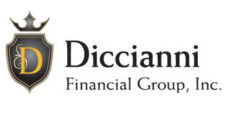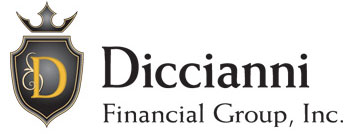In the last article we covered the investment pyramid and the safest of all investments, which is cash, T-bonds, Savings bonds, bank CD’s and Savings and Checking accounts. Now we will step up one rung on that ladder and look at Money Market instruments, Corporate Bonds, Bond Funds, Municipal Bonds and Municipal Bond funds, Bonds and Bond funds.
As with all ladders the higher you go the greater the risk. In the money market and bond category the risks are slightly more than cash, however, they are still considered safer investments. Lets review some of the basics of these low-risk investments.
Money Markets and Money Market Funds
These accounts consist of low-risk, relative short-term securities like T-bills, notes issued by large, stable corporations and large CD’s. Money market mutual funds are based on portfolios of these same securities. Because these mutual funds are made up of low-risk securities and because the funds are diversified, they are considered safe investments for money that is needed within a short period of time-less than 6 months.
High Quality Corporate Bonds or Corporate Bond Funds
When an investor buys corporate bonds or shares in a mutual fund that buys corporate bonds, investors are actually lending money to that corporation. These loans are riskier than loans to the federal government, but if they are considered investment grade (AAA/Aaa to BBB/Baa3 which are the ratings of Standard and Poor or Moody’s) then the default risk is still very low. These investments work well as an overall percentage in a portfolio.
High Quality Municipal Bonds or Municipal Bond Mutual Funds
These bonds are very similar to high quality corporate bonds, but with an important difference. They are issued by either, a federal, state, or city government entity and the interest is tax-free. A number of high quality municipal bonds are insured against default by municipal bond insurers. Municipal bonds only really make sense for investors in a high tax bracket, who have the most to gain from the tax exemption. They also are not indicated for use in an IRA, because the taxable event is deferred on these types of accounts.
Knowing which investments and when to use them is the key to all successful financial plans. This starts with a good understanding of your ability to handle risk and the comfort level that you are willing to live with. We are all happy when a portfolio increases in value but feel very differently when it is going down. The other risk factor that we have as we grow older is that of declining health. Long term care insurance comes into play at this time of life and it is the one major piece that can mitigate our losses.
The next element is the length of time until retirement. This is key. The closer to retirement you are the “safer” your portfolio should be. These determinations are made based on how much money you have to invest and how much you need to live on. Your monthly, quarterly and yearly budgets come into play at this point.
So what is next? Based on all these now known factors you can determine how much you will need, the time frame to retirement, your risk tolerance and the asset allocation that can get you there. Integrating a portion of your portfolio to the low risk, lower return section of our pyramid will give your portfolio stability and a sturdy foundation for riskier investments. Contact us today to consult with a financial advisor who can work with you to map out your future goals and desires.

